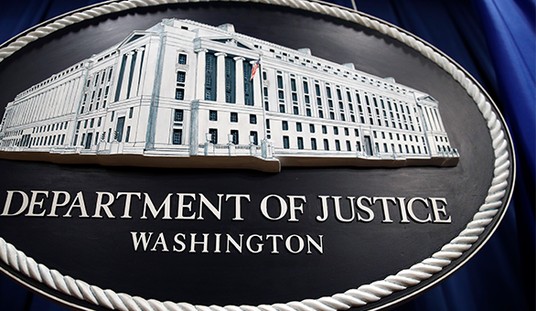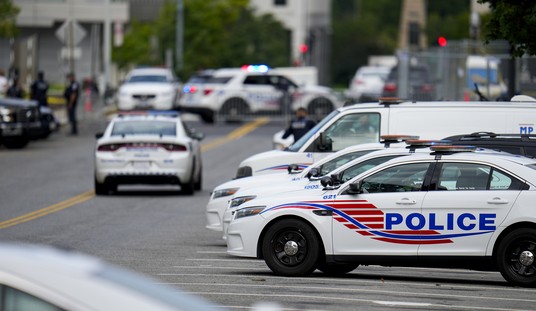Show of hands, how many of you purchase firearms with a credit card?
A lot of gun owners do. After all, guns are high-ticket items. Even the cheapest ones are over $100, and most of us don’t want those cheap guns. We want quality firearms which cost hundreds of dollars, if not thousands. It’s not unusual for someone to purchase a gun or two on credit.
We can argue about whether it’s financially responsible to do so until we’re blue in the face. That’s neither here nor there.
What is, however, is The New York Times suggesting that credit card companies should do something about mass shootings.
You see, the Times took a look at a lot of police reports and found that many of these shooters used credit cards to purchase their firearms. That leads to this tidbit.
After the shooting last February at Marjory Stoneman Douglas High School in Parkland, Fla., where 17 students and staff members were killed, this column suggested that financial firms had an opportunity to help reduce violence by pushing for more responsible practices by the gun industry. As a result, some banks ended their relationships with gunmakers and some investors pushed manufacturers for more transparency.
Financial firms have so far resisted changing the way they deal with the sale of guns.
Banks and credit-card networks say it is not their responsibility create systems to track gun purchases that would allow them to report suspicious patterns.
“We do not believe Visa should be in the position of setting restrictions on the sale of lawful goods or services,” said Amanda Pires, a Visa spokeswoman. “Our role in commerce is to efficiently process, protect and settle all legal payments. Asking Visa or other payment networks to arbitrate what legal goods can be purchased sets a dangerous precedent.”
A spokesman for Mastercard echoed that sentiment, emphasizing its protection of “cardholders’ independence” and the “privacy of their own purchasing decisions.”
But the financial industry is uniquely positioned to see, if it chose to do so, a potential killer’s behavior in a way that retailers, law enforcement officials, concerned family members or mental health professionals cannot.
The Times’ Andrew Ross Sorkin doesn’t see the problem with this, probably because he doesn’t want to see it.
First, let’s revisit the fact that the financial industry is not, in fact, “uniquely positioned” to see a potential killer’s behavior. Sorkin and his fellows in the Ivory Tower of The New York Times have two benefits working in their favor when looking at this. One is that they have the benefit of hindsight. The other is that they’re not subject to the noise that credit card companies are.
You see, credit card companies–should they follow Sorkin’s suggestion–would be looking at millions of transactions per day. Some of those would be for firearms, yes, but most of them would be for others things. The problem is determining which firearms purchases represent a problem and which represent a normal individual buying guns.
If someone buys a lot of guns in a short period of time, is it someone who is looking to go on a rampage, or someone who has discovered a new hobby with which to throw their disposable income at? Do those six AR-15s represent a mass shooting in the making? Or does it represent a new competition shooter who wouldn’t hurt a fly?
All of these gun purchases would create statistical noise that Sorkin would have credit card companies sort through each and every day in search for a motive that may simply not exist.
Should financial companies alert police any time people buy multiple guns over a short period of time, they’re going to start having a problem. Namely, people will severe ties with those companies after the first police visit resulting from their lawful spending. Further, the police will start to get annoyed at the false-positives coming up and wasting their time and resources.
Sorkin and his buddies are looking back at an event, then delving into the records, knowing what to search for. That means things that looked meaningless before–especially simple things like purchase patterns–suddenly look nefarious. The Pulse shooter, for example, spent over $26,000 in a short period of time, which looks bad to us now, but at the time, not so much, especially since not all of that was for guns or ammunition. The Times even mentions that $7,500 of that was a ring he bought his wife.
I get the desire to find red flags in the aftermath of a shooting. It’s an attempt to find a way to make sense of tragedy, a way to try and stop the next attack from happening. And sometimes, there are legitimate red flags to be found.
But this isn’t the way. All that will happen here is credit card companies wasting police officers’ time and driving away customers. I promise you, that will happen. In fact, I suspect that it will be all that happens.








Join the conversation as a VIP Member